Compositions of Tyagaraja in National and International Scripts: Devanagari & Roman with meaning and SRGM notations in English
The Purpose of this book is to present the correct-authentic-text of the Compositions of Tyagaraja in national and international scripts viz. devanagari and Diacritical Roman, to reach the maximum people all over the world and to provide a free style gist sufficient to understand the meaning of the songsenabling effective rendition. It is essential for the singers as well as the listeners to know this, in order to derive the optimum from the great compositions. About the Commentary: So far, in the available sources, the commentaries in English have taken either the form of an essay or word to word meaning. Though the essay type of commentaries highlights the meaning of the song in an interesting manner, they are at times prone to be blended with subjective imagination. Even the great scholars differ in the interpretation of the meaning and therefore, the meaning given is subject to difference of opinion. However, after compiling almost all the publications, we have prepared a free style gist which we feel more appropriate. Minute care has been taken to give the meaning as it is for the Pallavi, Anupallavi, and Carana. At many places, where we felt the insufficiency due to different meanings for the same word, the same Sanskrit words have been mentioned in the meaning. A large number of such words are found listed in a glossary at the end of the book with its corresponding suitable meanings in detail in the content of the songs. About the Uniqueness of the Book: A collections of 688 Compositions of Tyagaraja in one volume has been made available for the first time in Devanagari and Diacritical Roman scripts with English translation followed by SRGM notations in Roman script, reaching all corners of the globe. The songs are presented in a format revealing the beauty of poetical excellence of rhymes etc., Raga, Arohana, A varohana, mela and tala, Visesha Prayogas etc., wherever necessary. All the songs are indexed in respective alphabetical order in Diacritical Roman, as well as devanagari scripts to help quick spotting of the songs sought, at the end of the book. All the same, the scheme of Classifications of Songs given in various lists in the beginning of the book, enables the readers to identify a song of a particular category. About the Notation: Notation, however it seems to be perfect, one cannot understand the expression-the balance between the Ragabhava and its given Sahityabhava as expressed in the composition. In fact, the singer's imagination while singing counts a lot in the final and finer presentation. The earlier experiments of using the gamaka-symbols have not been found satisfactory for the reason due to the lack of understanding of the gamaka-symbols themselves (dasavidha gamakas). My Guru used to say that only those people having sufficient Raga jnana could understand the gamaka-symbols, and the underlines, double underlines, etc. Ironically, but for those who do not have sufficient Raga jnana, even these symbols may fail to make any sense. However the symbols have its own dignity but will also have their own limitations.
BECOME A MEMBER
-
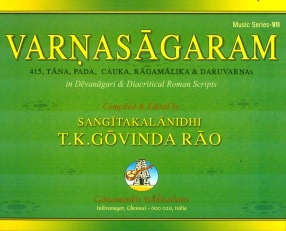
Varnasagaram: 415 Tana, Pada, Cauka, Ragamalika and Daru Varnas
-
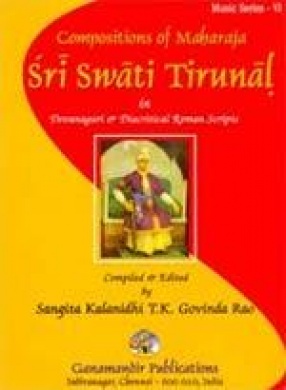
Compositions of Maharaja Swati Tirunal in Devanagari and Diacritical Roman Scripts with SRGM Notations and Meaning in English
-
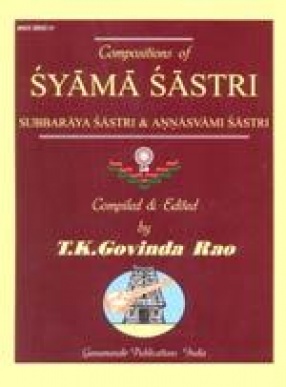
Compositions of Syama Sastri: Subbaraya Sastri & Annasvami Sastri in National and International Scripts: Devanagari & Roman with meaning and SRGM notations in English

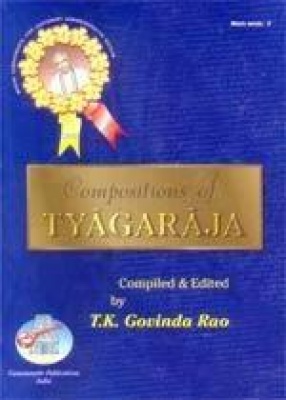
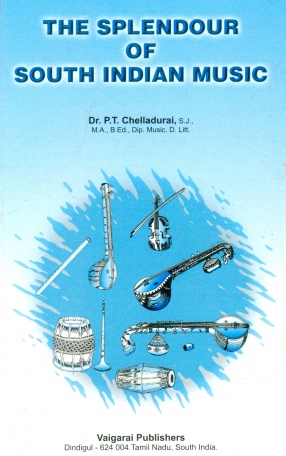
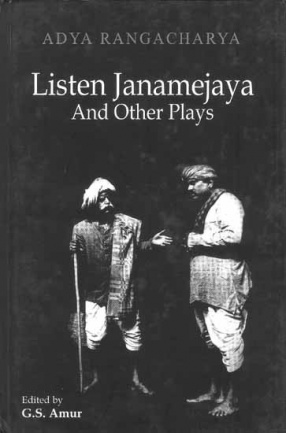
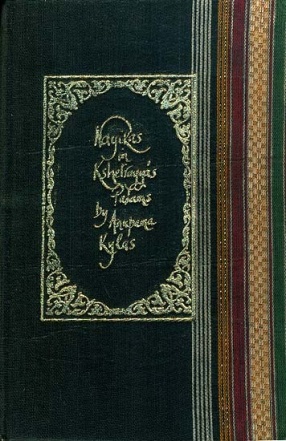
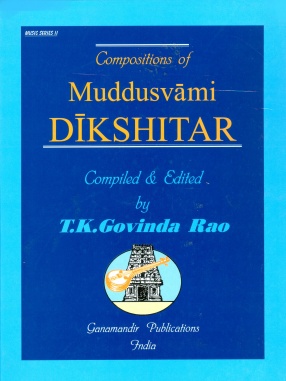

Bibliographic information
T.K. Govinda Rao